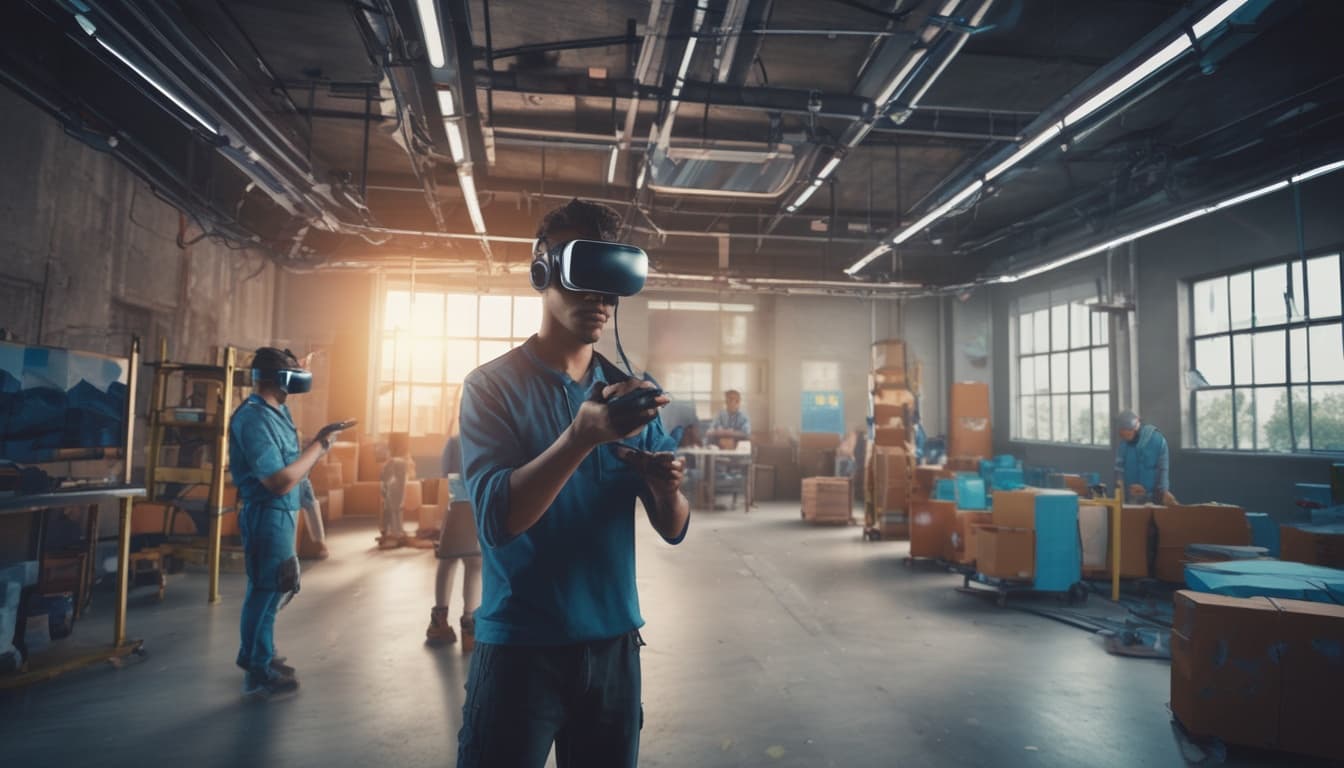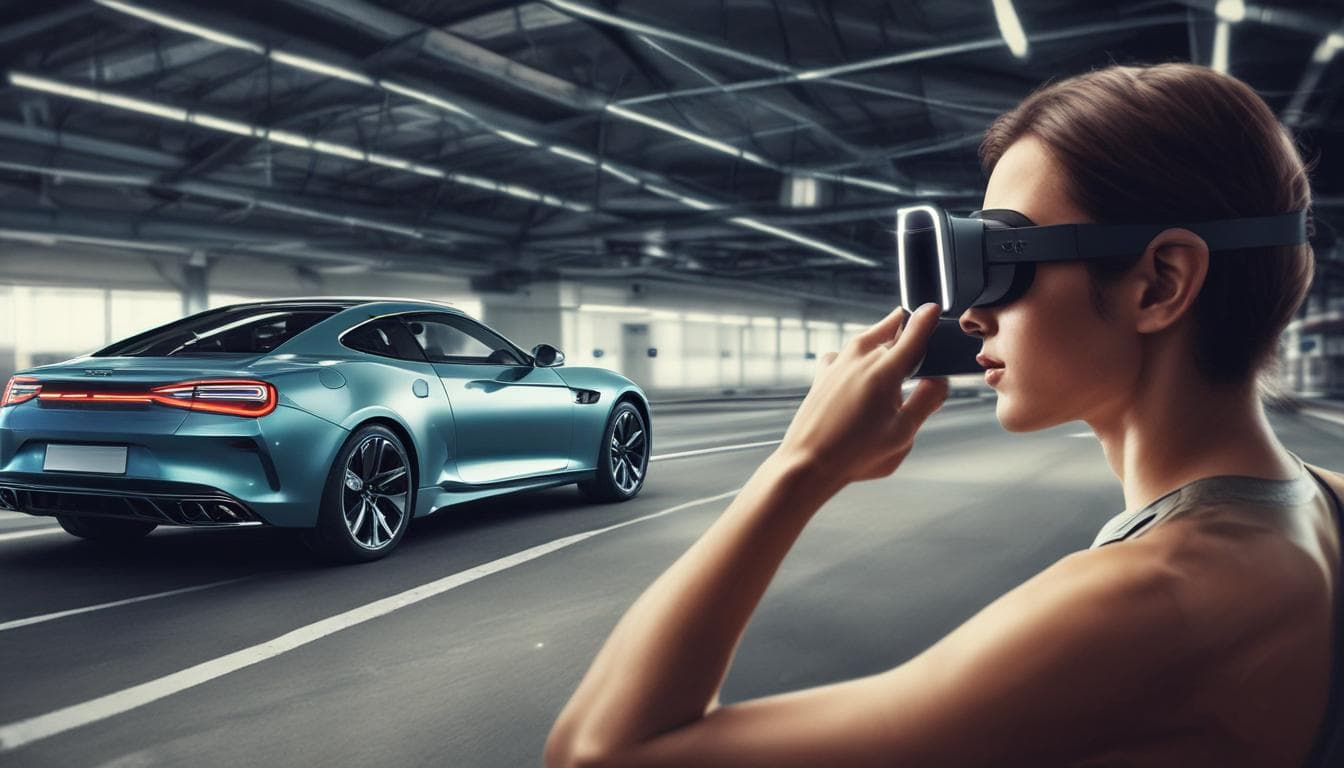As autonomous vehicle technology advances, imagine a future where cars are no longer solely private, personal spaces but can transform into shared, on-demand 'community pods' or 'mobile public spaces' when not in use for individual transport. How might this concept reshape urban planning, social interaction within neighborhoods, and even the economics of car ownership, moving beyond current ride-sharing models?
The idea of transforming autonomous vehicles into versatile, shared 'community pods' or 'mobile public spaces' is a compelling vision that could significantly impact urban development and social dynamics. This concept aligns with the evolving landscape of connected and intelligent vehicles, as discussed in driving connected, which emphasizes enhanced urban mobility through vehicle-to-everything (V2X) communication networks.
By repurposing idle autonomous vehicles for social interaction, education, or community engagement, cities could reduce the need for dedicated public spaces while fostering closer neighborhood connections. This shift might lead to a redistribution of urban space, optimizing for green zones and pedestrian areas rather than extensive parking lots.
Economically, such a model could revolutionize ownership paradigms. Instead of individual car ownership, people might subscribe to 'mobility-as-a-service' platforms that provide access to flexible, multifunctional vehicles, as explored in the future of automotive. This would decrease ownership costs and promote a shift towards shared use, further supported by innovations in automated vehicle inspections to ensure safety and reliability.
Furthermore, integrating such concepts with smart city initiatives and urban planning could enhance social cohesion, reduce congestion, and improve overall quality of life. It’s a fascinating evolution that could redefine not just mobility, but also community engagement and urban sustainability.
Bu Konu Hakkında Daha Fazla Keşfedin
Sohbete Katılın
- Otomotiv Sektörünün Geleceğini Şekillendiren Teknoloji: Elektrikli Araçlar, Otonom Sürüş mü, Yoksa Başka Bir Şey mi?
Otomotiv endüstrisinin geleceği, elektrikli araçlar, otonom sürüş ve yapay zeka gibi teknolojilerle hızla değişiyor. Bu teknolojilerden hangisinin sektörü en çok etkileyeceği ve nedenleri üzerine bir tartışma.
- Otomotiv Sektörünün Geleceği: Şoförsüz, Uçan veya Daha Farklı mı?
Otomotiv endüstrisinin geleceği hakkında bir tartışma. Şoförsüz arabalar, uçan arabalar veya tamamen yeni bir şey mi bekliyor bizi? Yaratıcı fikirlerinizi ve tahminlerinizi paylaşın.
- Otomotiv Endüstrisinin Geleceği: Elektrikli, Hibrit ve Hidrojenli Araçlar
Otomotiv endüstrisinin geleceği ve elektrikli araçların yaygınlaşmasıyla birlikte benzinli ve dizel araçların akıbeti tartışılıyor. Hibrit ve hidrojenli araçların rolü de ele alınıyor. Fikirlerinizi ve öngörülerinizi paylaşın.





